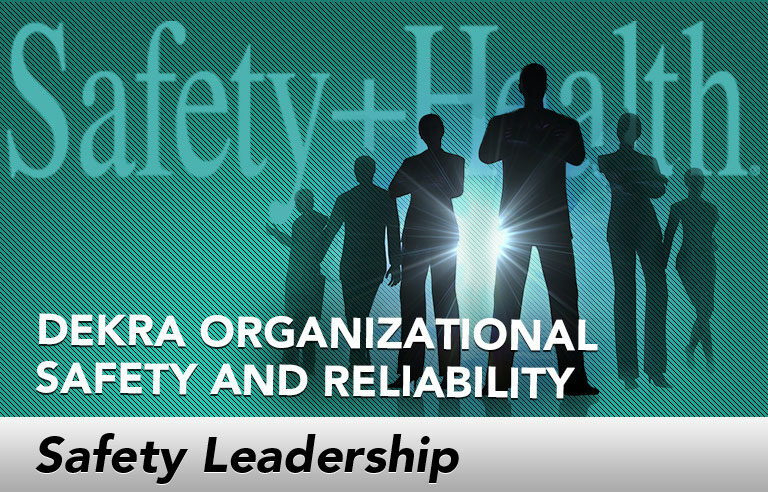Safety Leadership: Safety in the era of big data: Principles for getting it right

Editor’s Note: Achieving and sustaining an injury-free workplace demands strong leadership. In this monthly column, experts from global consulting firm DEKRA Insight share their point of view on what leaders need to know to guide their organizations to safety excellence.
Safety data provides knowledge, knowledge gives people the ability to make sound decisions, and sound decisions lead to a much higher probability of success. Nothing promises leaders knowledge like big data. But that promise can be unfulfilled when there is a focus on sheer volume, quantity over quality, when mechanisms are not in place to ensure the data is valid and of high quality, or when we haven’t given significant thought about what we are trying to accomplish by collecting the data. Finally, if we have the right data in the right quantity, are we using the appropriate analytical tools to more fully understand and use the knowledge gained? To find clarity, it’s helpful to begin with the end in mind: What are the basic questions we want our data to answer? Starting with a question opens the door to answers – making data a practical tool, not just a promising one.
Here are three principles to guide leaders in navigating safety data:
We are really at the cusp of leveraging big data in safety. It is an exciting time and it will challenge the way we think about data and the information we collect that will allow robust analysis. The good news is that you are not alone in this transformation. This journey starts when we keep the end in mind, asking the questions we want data to answer. This allows data to work for us, illuminating the path to true improvement.
This article represents the views of the author and should not be construed as a National Safety Council endorsement.
 Don Groover, CIH (ret), CSP, is a senior vice president with DEKRA Insight. Groover helps organizations create high-performing cultures and align systems with the organization’s value for safety. He is co-author of “The Manager’s Guide to Workplace Safety.”
Don Groover, CIH (ret), CSP, is a senior vice president with DEKRA Insight. Groover helps organizations create high-performing cultures and align systems with the organization’s value for safety. He is co-author of “The Manager’s Guide to Workplace Safety.”
Post a comment to this article
Safety+Health welcomes comments that promote respectful dialogue. Please stay on topic. Comments that contain personal attacks, profanity or abusive language – or those aggressively promoting products or services – will be removed. We reserve the right to determine which comments violate our comment policy. (Anonymous comments are welcome; merely skip the “name” field in the comment box. An email address is required but will not be included with your comment.)

